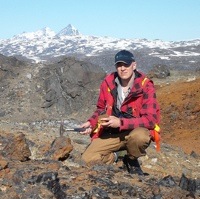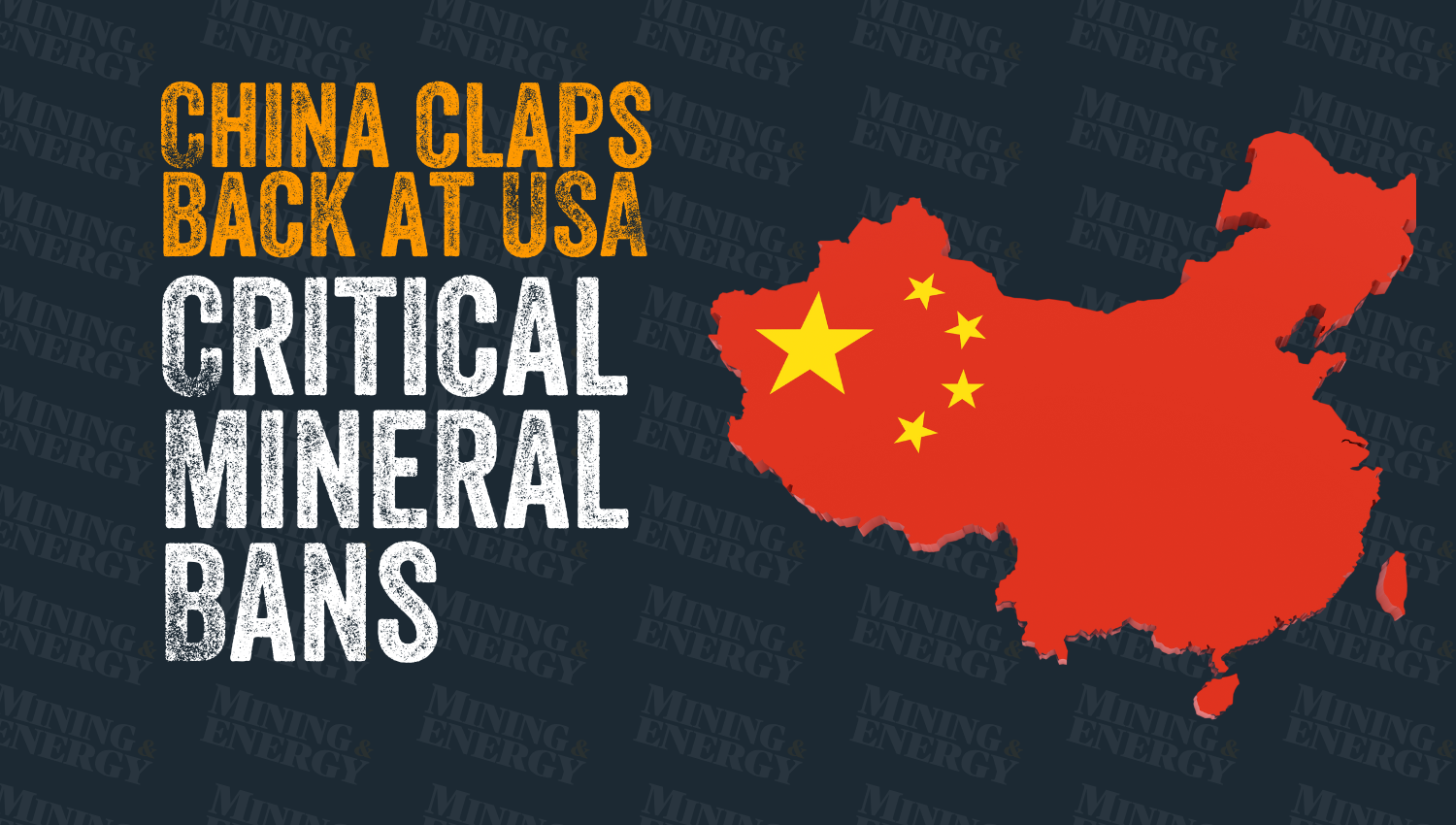North American Nickel uses new ground geophysical surveys to identify mineralized targets

Cecil Johnson, North American Nickel Prospector at the Imiak Hill exploration site. — Photo courtesy of North American Nickel The Maniitsoq explorat
Cecil Johnson, North American Nickel Prospector at the Imiak Hill exploration site. — Photo courtesy of North American Nickel
The Maniitsoq exploration program focused on the Imiak Hill Complex and the Fossilik target where previous exploration drilling programs had indicated the presence of significant nickel mineralization, says Neil Richardson, COO for North American Nickel.
According to a recent news release, the company has completed electromagnetic (EM) and gravity surveys on its Imiak Hill Complex. Results indicate the presence of previously unrecognized anomalies, which will now become drill targets.
Preliminary results from gravity surveys indicate the presence of noritic intrusions, the host rocks to the nickel-copper-cobalt-PGM mineralization at Maniitsoq, at depth.
Improved Technology
Historically, the Maniitsoq project represents an evolution of perseverance—exploration efforts began in the 60s, continued through the 90s and into the 2000s, improving in tandem with exploration technology.
In 2011, NAN acquired the largest licence ever taken out in Greenland at over 4,841 square kilometers. The exploration licence led to airborne surveying, which revealed historical showings at Imiak Hill and Spotty Hill.
“The difference for these areas was understanding the orientation of the sulphide mineralization,” said Richardson. “With VTEM helicopter-borne geophysical technology, we were able to use the Maxwell modelling program and generate 3D plates or targets. We were then able to input those plates into ARC GIS and 3D software to map our targets and plan our drill holes.”
A 2012 drill program resulted in nine holes drilled for 1550 meters in three areas—Spotty Hill, Fossilik II, and Imiak Hill. Nickel, copper, cobalt, and PGM mineralization was intersected at Spotty Hill and Imiak Hill, with anomalous mineralization intercepted at Fossilik II.
Hole 5, Mq-12-005, for instance, intersected with 124 meters of disseminated mineralization grading 0.8 per cent nickel and 0.2 per cent copper.
“This assured us that the interpretation of the Maxwell modelled plates were correct and that the target which was identified at 40 meters below the surface had been successfully tested,” said Richardson.
At Imiak Hill, the team confirmed the orientation of the mineralized target they were drilling.
“It was north-south and dipping steeply,” said Richardson. “We were able to see a plunge component to the mineralized conduits. They followed up with a 2013 drilling program and at 185 m below surface intersected greater than 3 per cent nickel and one per cent copper.
More sulphides mean a better grade, said Richardson. “In the 90s and early 2000s, we re-analyzed the historic drill core and generated a nickel tenor. With a certain percent sulphide you can calculate what the nickel would be. It was homogenous at a 6-8 per cent range.”
Significant mineralized zones continue to be intersected in the ongoing drill program.
Nickel prices sat around $8-9 this summer, up from $6 in the beginning of the year, and are expected to stay steady over the next quarter.
“Drill results at Maniitsoq compare favourably with other areas in the world,” said Richardson. NAN has achieved important results, including plus 3 percent nickel and high copper values at Imiak Hill.
“If you look at Raglan and Voisey’s Bay you are looking at around 1.6 percent nickel and 0.8 per cent copper,” said Richardson.
“Australia has similar grades and Greenland may even be a little better,” he said, adding that “grade is king.”
“As we continue to drill the mineralized conduit we see the grade is fairly good and there is the need to define some tonnage,” he said.
NAN continues to push ahead, said Richardson, taking advantage of Greenland’s supportive permitting and government systems.
Besides providing justification for further exploration, the improved data attracted investment fund Sentient Group back in 2011, which now owns 41.3 per cent of North American Nickel.
Maniitsoq is a likely investment target because its deposits are promising, the government is pro-investment, and the project is located near ice-free tidewater, facilitating access and transportation.
“We also have a good team on the ground this year,” said Richardson. “We upped the ante with two rigs and more people, and took advantage of the downturn bringing us a lot of experienced people to work with. I think it is going to be a good year for us.”




